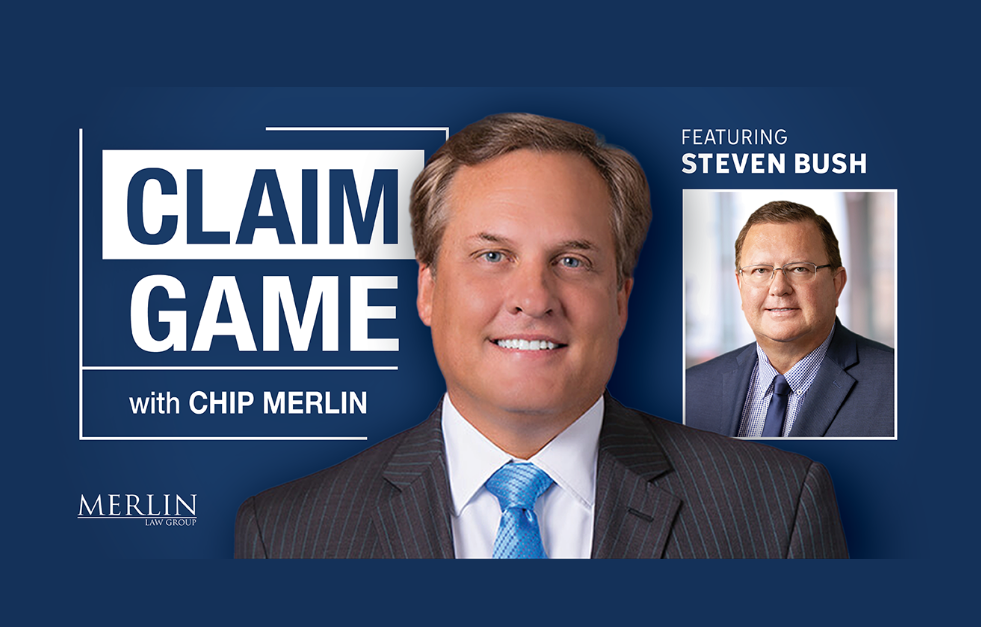Assume a homeowner suffers damage as a result of a construction professional’s negligence. After the homeowner notifies the construction professional of the damage, the construction professional puts his liability carrier on notice and advises the homeowner that the liability insurer will investigate the damage and work with the homeowner to resolve the claim.
Further assume that the liability insurer’s investigation determines that the construction professional’s negligence caused the homeowner’s damage, and that the construction professional does not dispute the investigation’s findings. Last, assume that although the construction professional and his insurer have acknowledged liability, they disagree with the homeowner over the scope of damage.
If:
(1) the homeowner is forced to file suit against the construction professional to obtain the funds necessary to repair the home;
(2) cannot sue the insurer because state law precludes it; and
(3) the construction professional changes its position and denies liability in the litigation,
can the homeowner introduce evidence of the liability insurer’s investigation and pre-litigation settlement offers (property damage estimates) to support his case?
First, because the insurer’s investigation was conducted on the construction professional’s behalf as an authorized representative, there is an argument that the insurer’s investigative actions were performed as its insured’s agent. It is a well-known principle of agency law that communications, admissions, and information gathered by an agent/representative (in this case, the insurer) are imputed to the principal (Construction professional ). (( See, e.g., Cal. Civ. Code § 2332 [“[a]s against a principal, both principal and agent are deemed to have notice of whatever either has notice of”]; O’Riordan v. Federal Kemper Life Assurance (2005) 36 Cal. 4th 281, 288 [“The fact that the knowledge acquired by the agent was not actually communicated to the principal. … does not prevent operation of the rule.”].
Further, under California Evidence Code § 1222, admissions by a party’s agent are imputed to the party. The Evidence Code provides that evidence of a statement offered against a party is admissible if the statement was made by a person authorized by the party to make a statement. Thus, there is an argument that the insurer’s investigative findings are binding on the construction professional.
Because the construction professional agreed with its insurer’s investigative findings, under California Evidence Code § 1221, there is an argument that it’s adoption of its insurer’s investigative findings is binding against it as an adoptive admission (a third person’s out-of-court statement is admissible against a party as a party admission if, with knowledge of the contents of the statement, the party—by words or conduct—manifested his or her adoption or belief in its truth.)
But what about the fact that evidence of a defendant’s liability insurance is typically excluded under California Evidence Code § 1155 (and other similar statutes in other jurisdictions) based on the public policy of wanting to prevent a prejudicial reaction by the jury (where the jury is more likely to find against the defendant because of the presence of insurance)?
Such evidence can be admissible if it is relevant for an entirely different purpose, and if it is more probative than prejudicial. (Blake v. E. Thompson Petroleum Repair Co., Inc. (1985) 170 Cal.App.3d 823, 831 (where the topic of insurance coverage is coupled with other relevant evidence, evidence of insurance may be admitted along with such other evidence) (“It has always been the rule that the existence of insurance may properly be referred to in a case if the evidence is otherwise admissible.”)(emphasis added). See also Menefee v. Williams (1968) 259 Cal.App.2d 56, 62, 66 (when insurance coverage is mentioned in a statement made by a Defendant, which statement contains an admission of fault, probative value of the evidence outweighs prejudicial effect of the statement and the statement is admissible)).
What about the pre-litigation settlement communications? Are those admissible? Although “settlement communications” are excluded from evidence if they are used to create an inference of liability under California Evidence Code § 1152, settlement communications can be admissible if they contain admissions or statements against interest. (Truestone, Inc. v. Simi West Industrial Park II (1984) 163 Cal.App.3d 715, 725 (party’s statement that he is willing to settle claim may be an admission against interest); Coronet Const. Co. v. Palmer (2d Dist. 1961) 194 Cal. App. 2d 603, 614–15 (abrogated on other grounds by Weiner v. Fleischman, 54 Cal. 3d 476 (1991)(admissions against interest made during settlement efforts are admissible). See also In re Marriage of Schoettgen (1986) 183 Cal.App.3d 1, 7-8 (evidence of offers made when there was “no controversy to negotiate” were deemed admissible).
In the context described above, the evidence of settlement discussions would seem particularly relevant because, before litigation commenced, both the construction professional and its insurer had communicated to the homeowner that the construction professional was liable for the damages sustained. To the extent there was a pre-litigation disagreement at all, it was over damages, not liability.
The evidence referenced above (including the admissions) would appear to fall outside the scope of Evidence Code §§ 1155 and 1152 because the homeowner would not be offering it into evidence to establish liability through a negative inference based on the presence of liability insurance. The pre-litigation admissions would seem to rebut the new contention made in the litigation that the construction professional is free of liability, and the evidence would also show that although the construction professional knew it was responsible for the damages, it did not want to fully compensate plaintiff for those damages.



